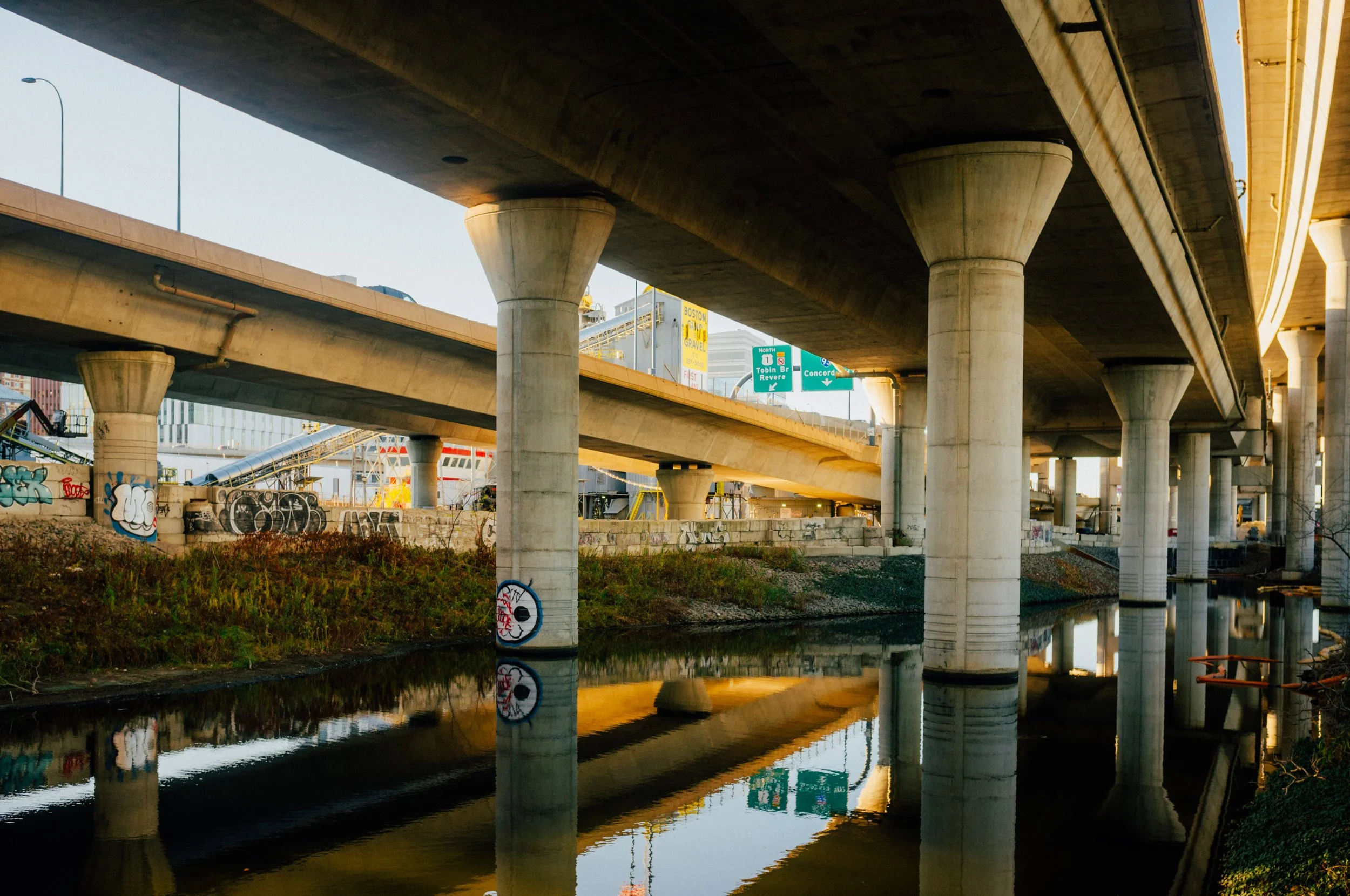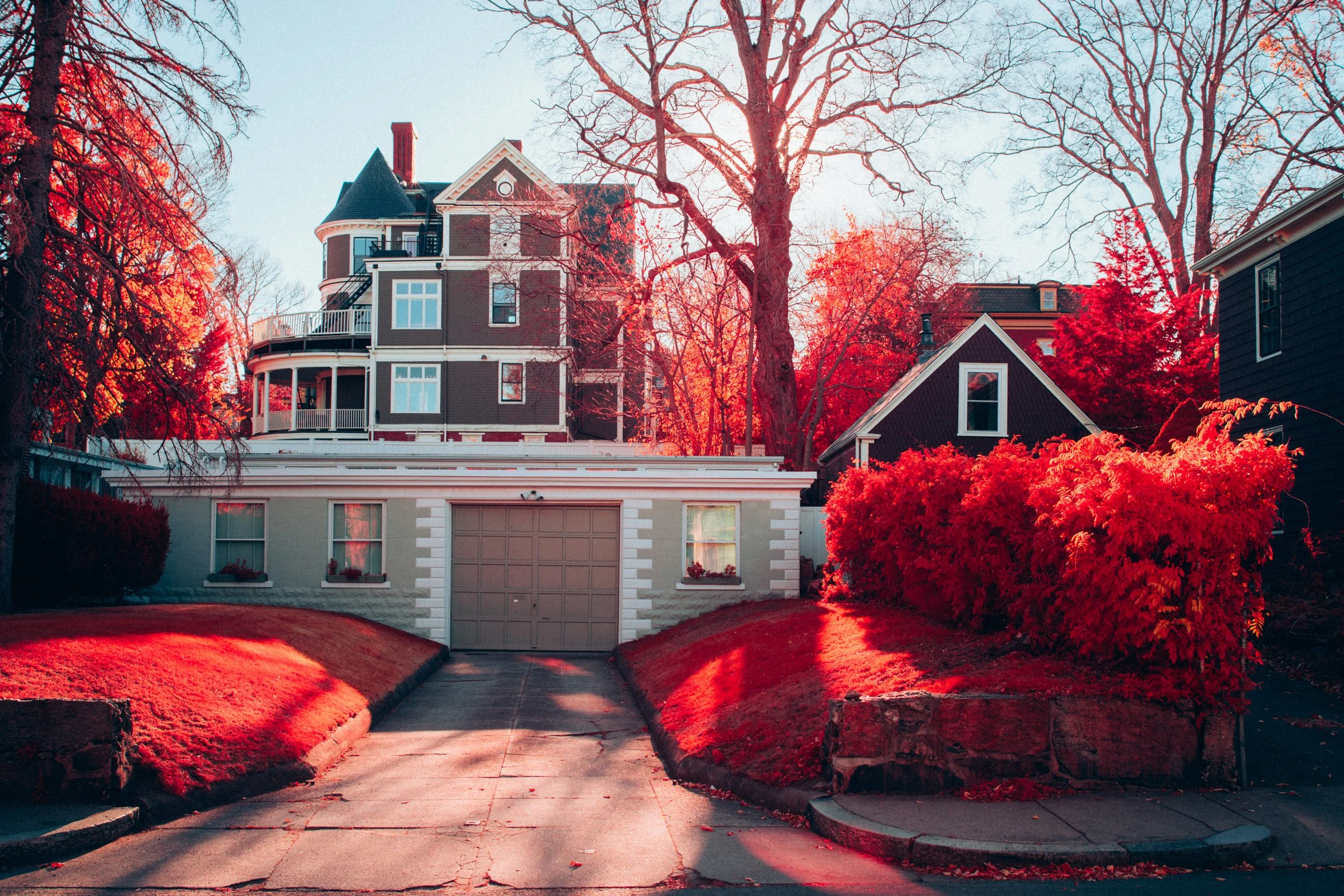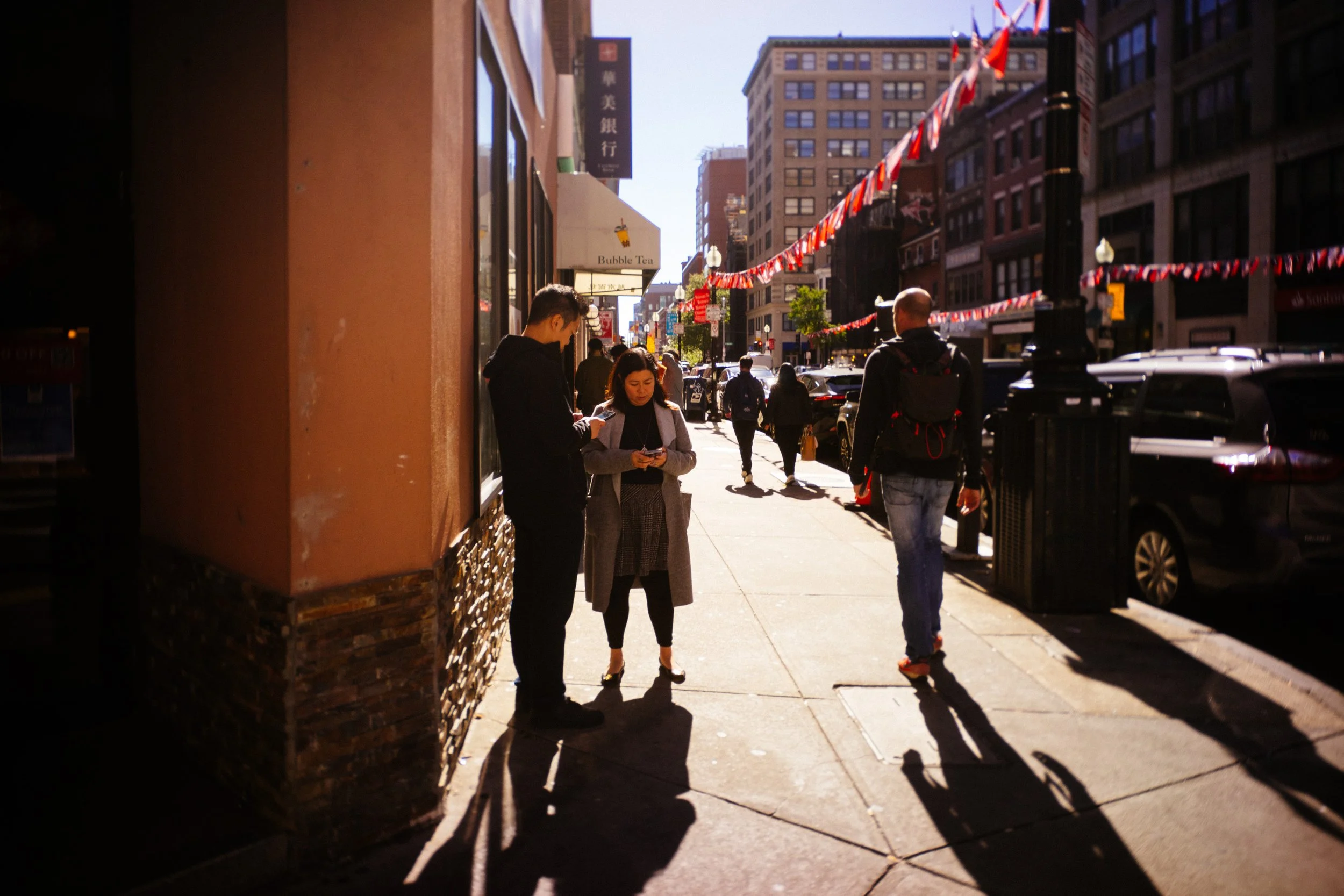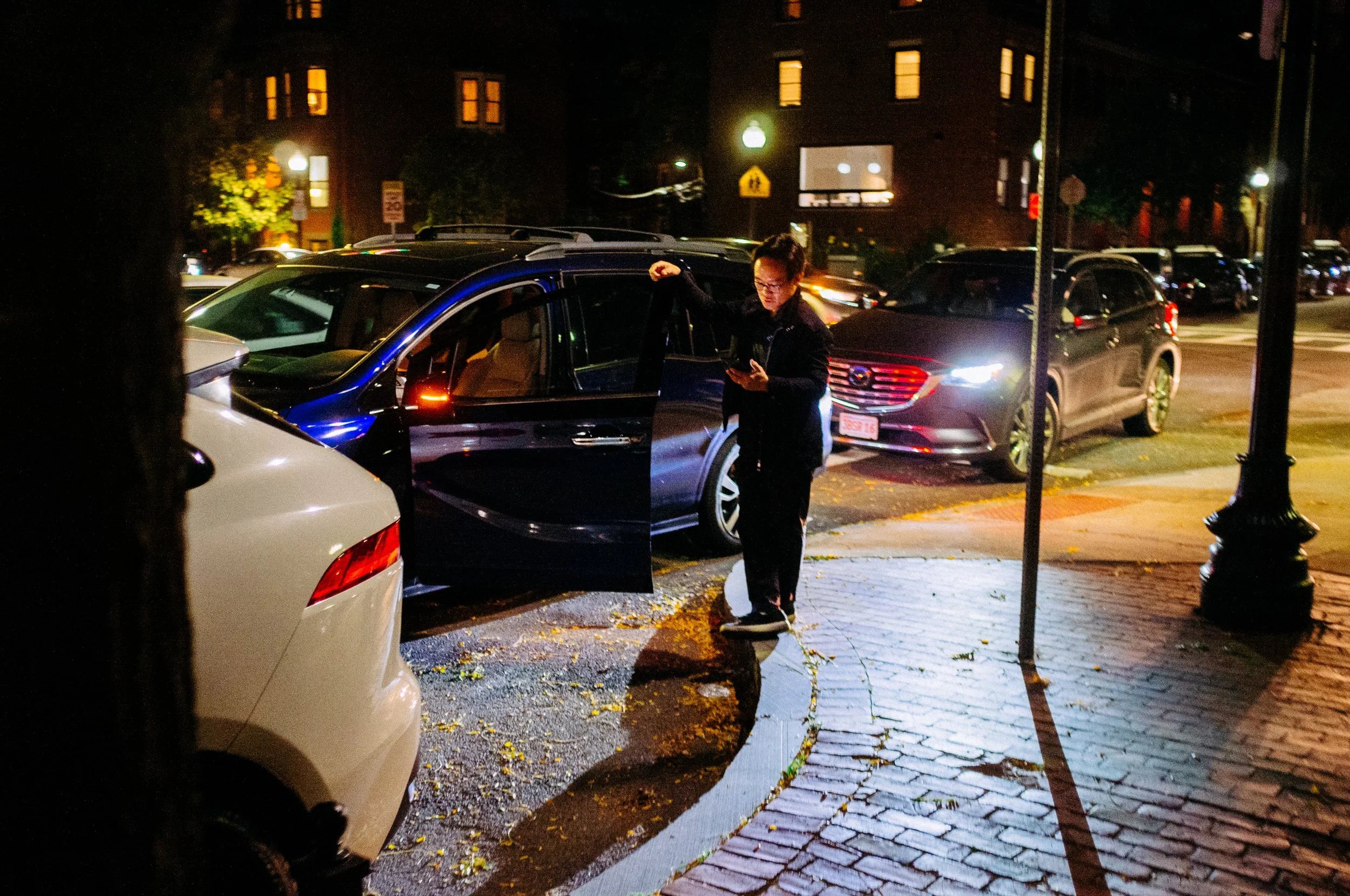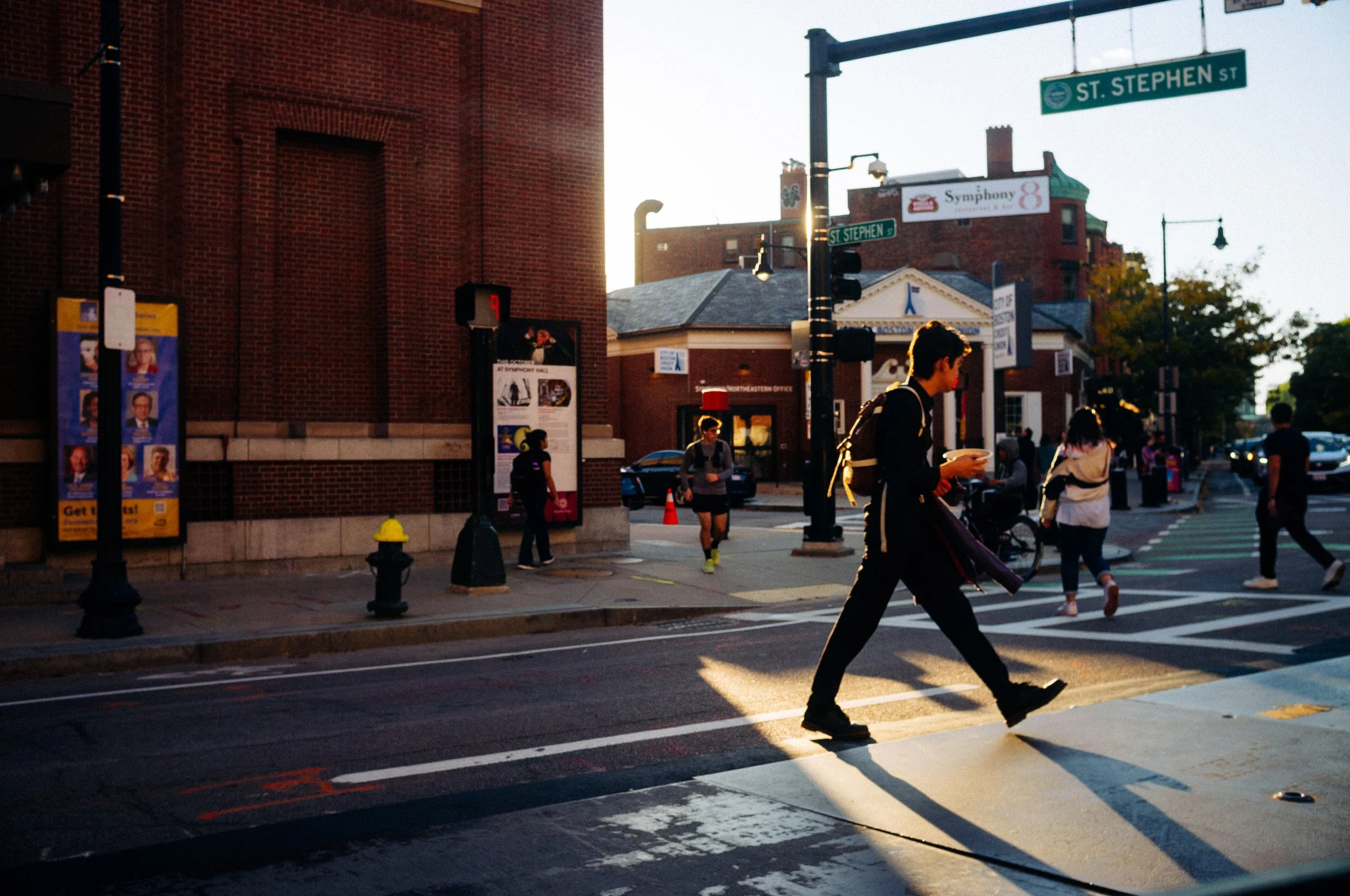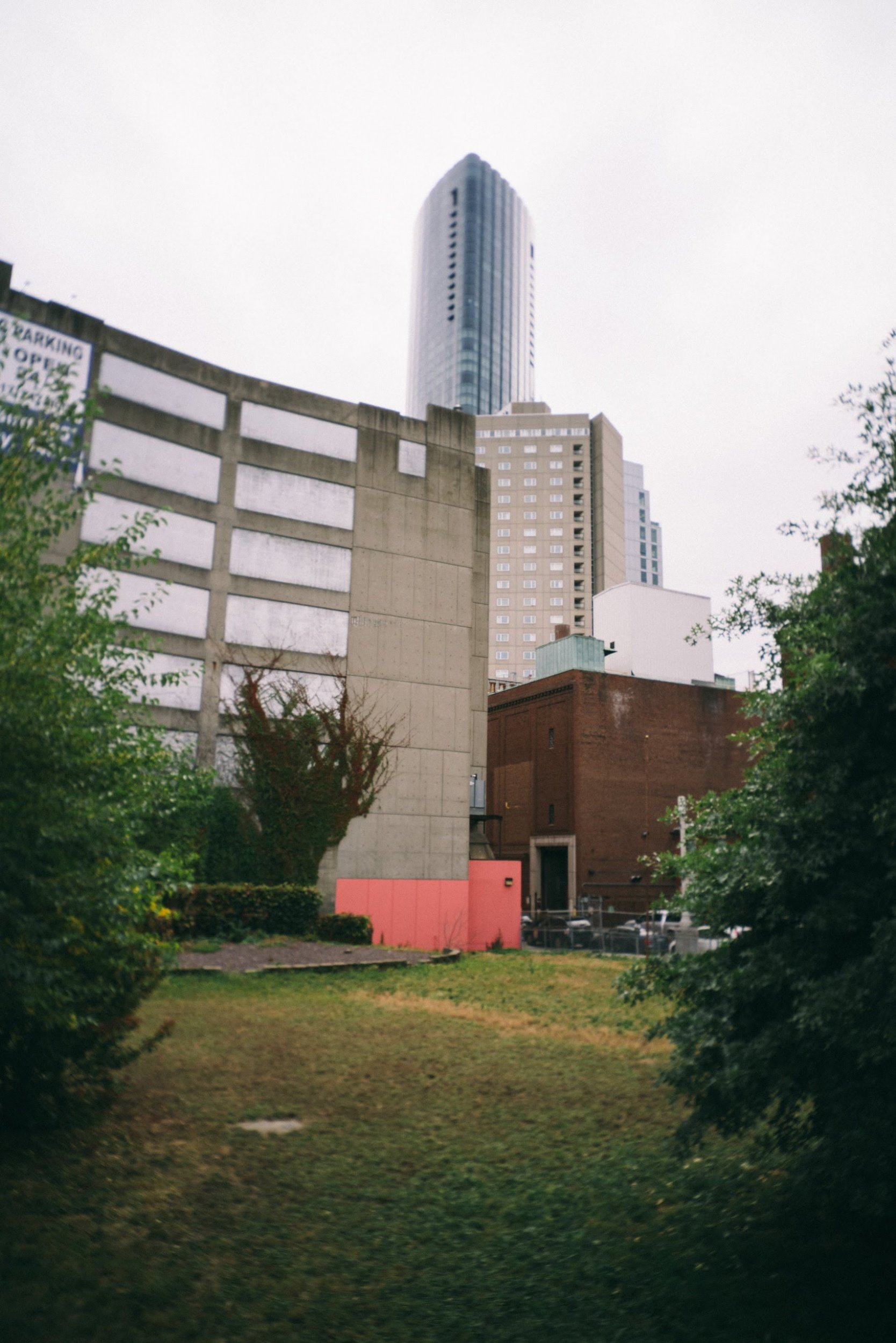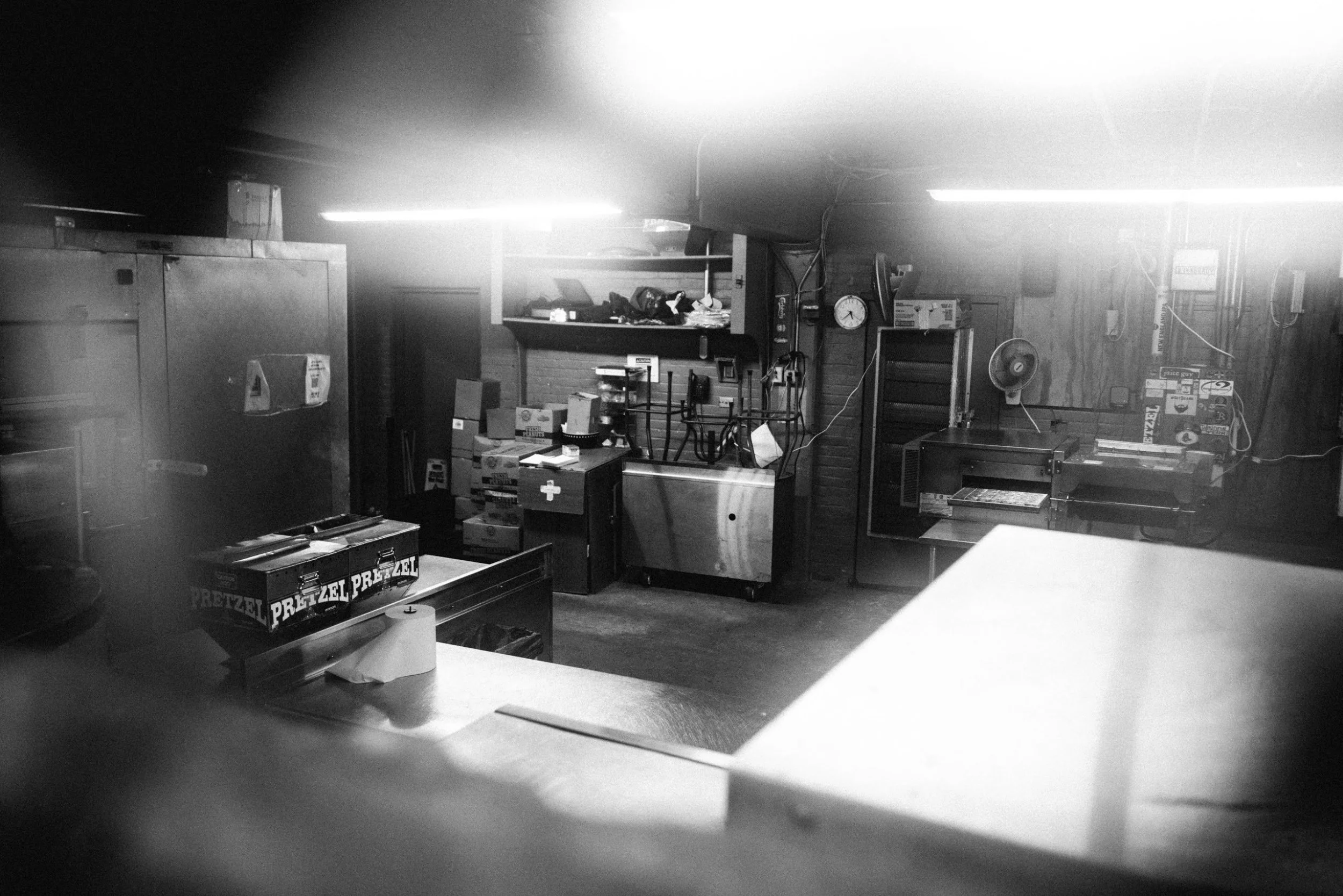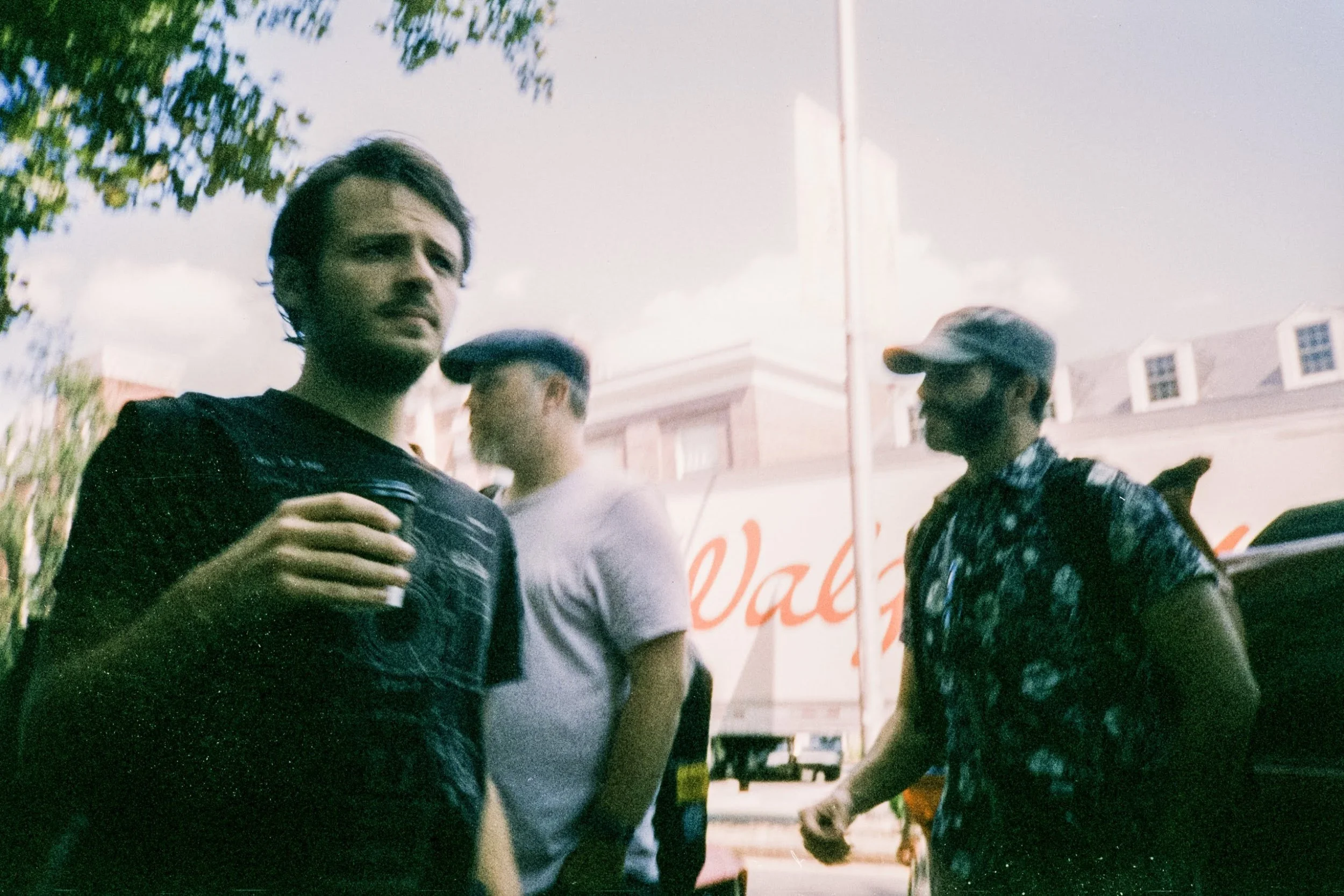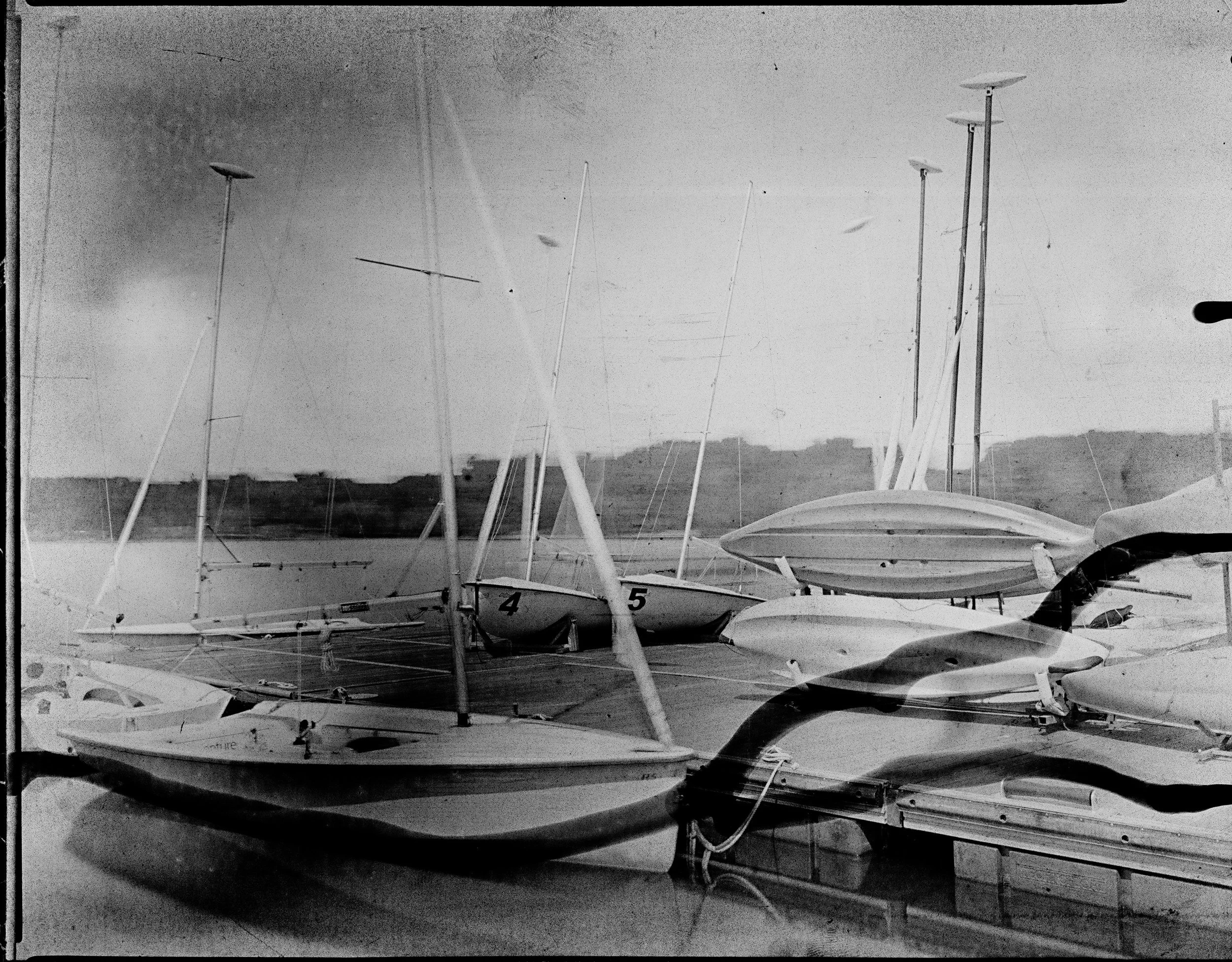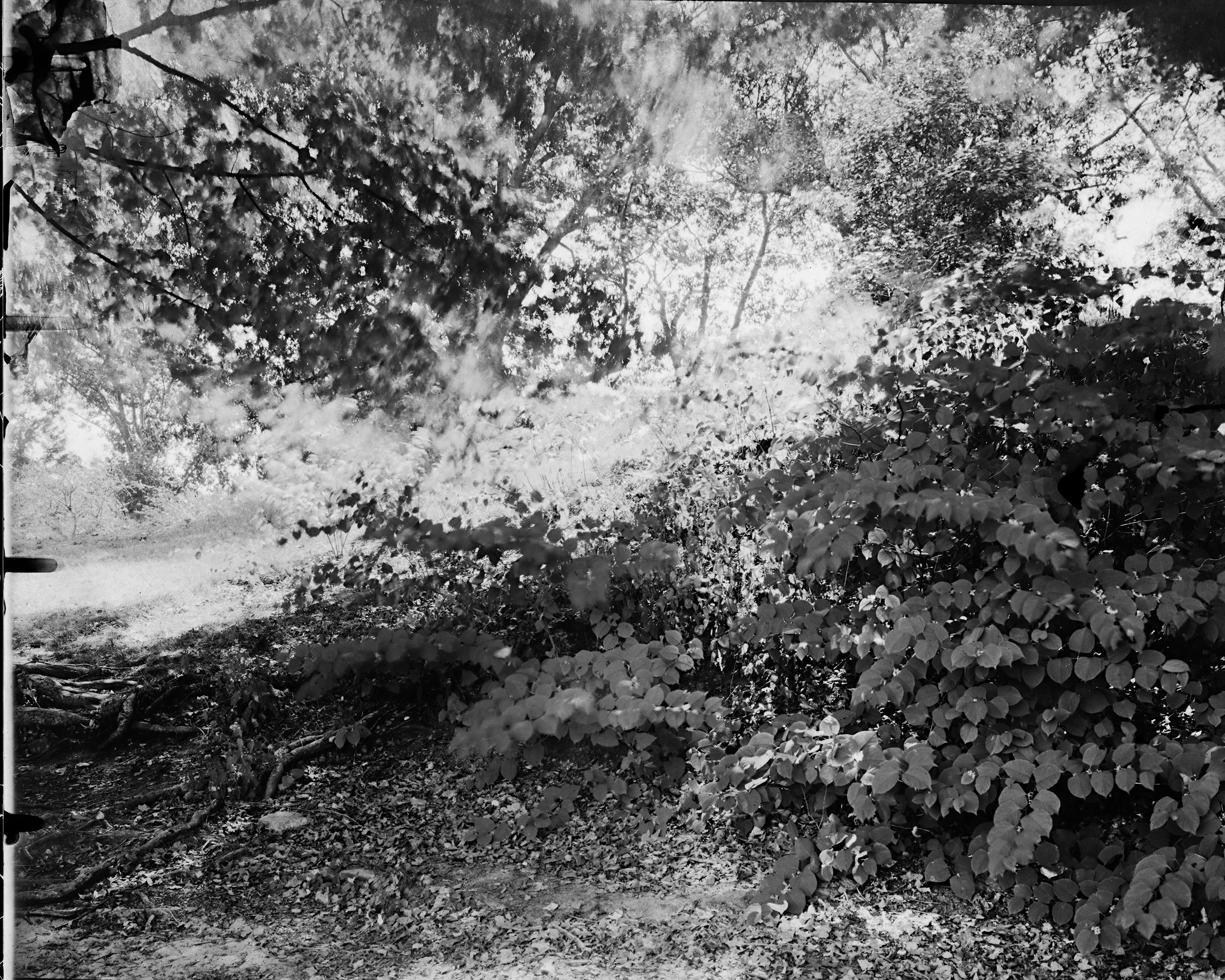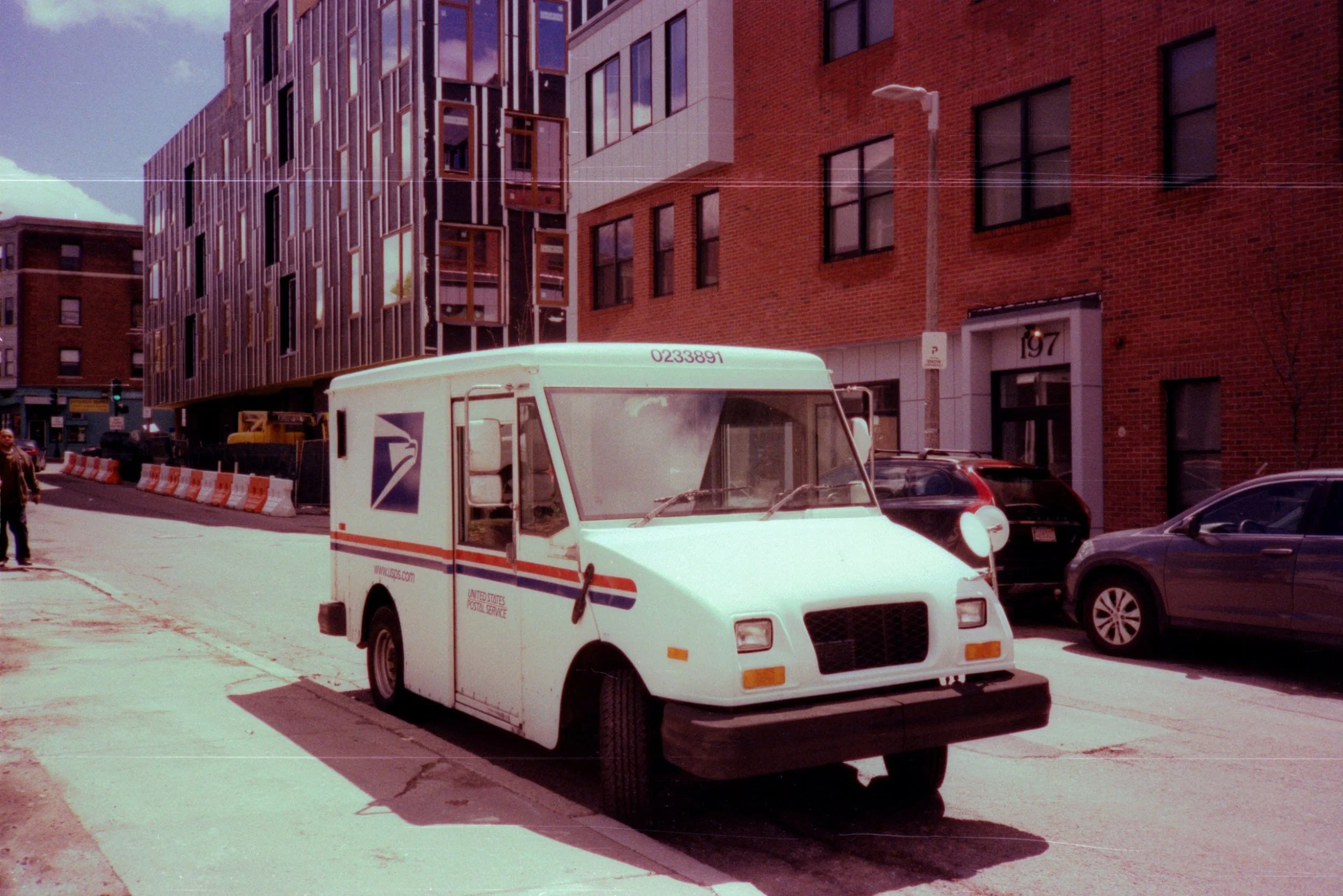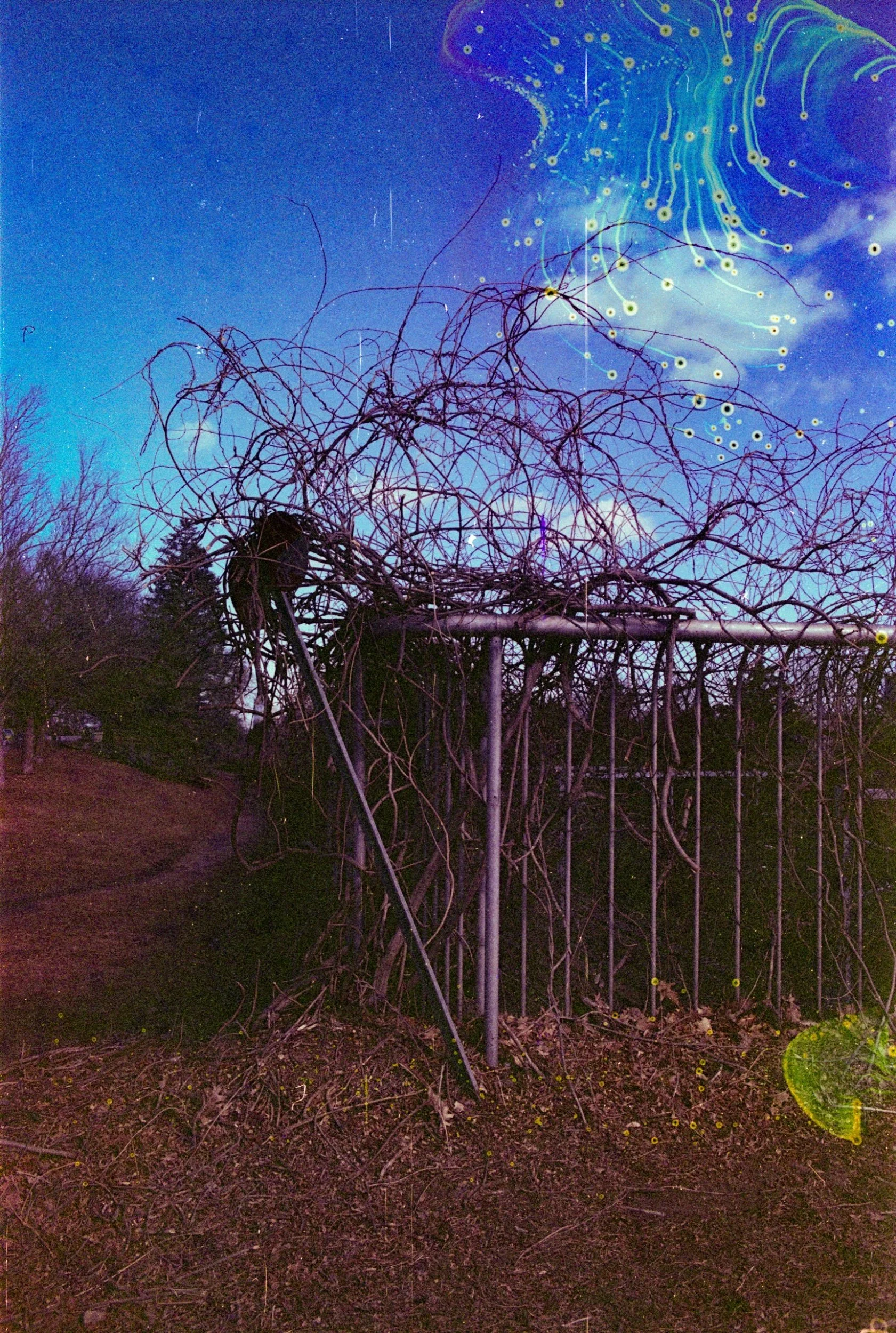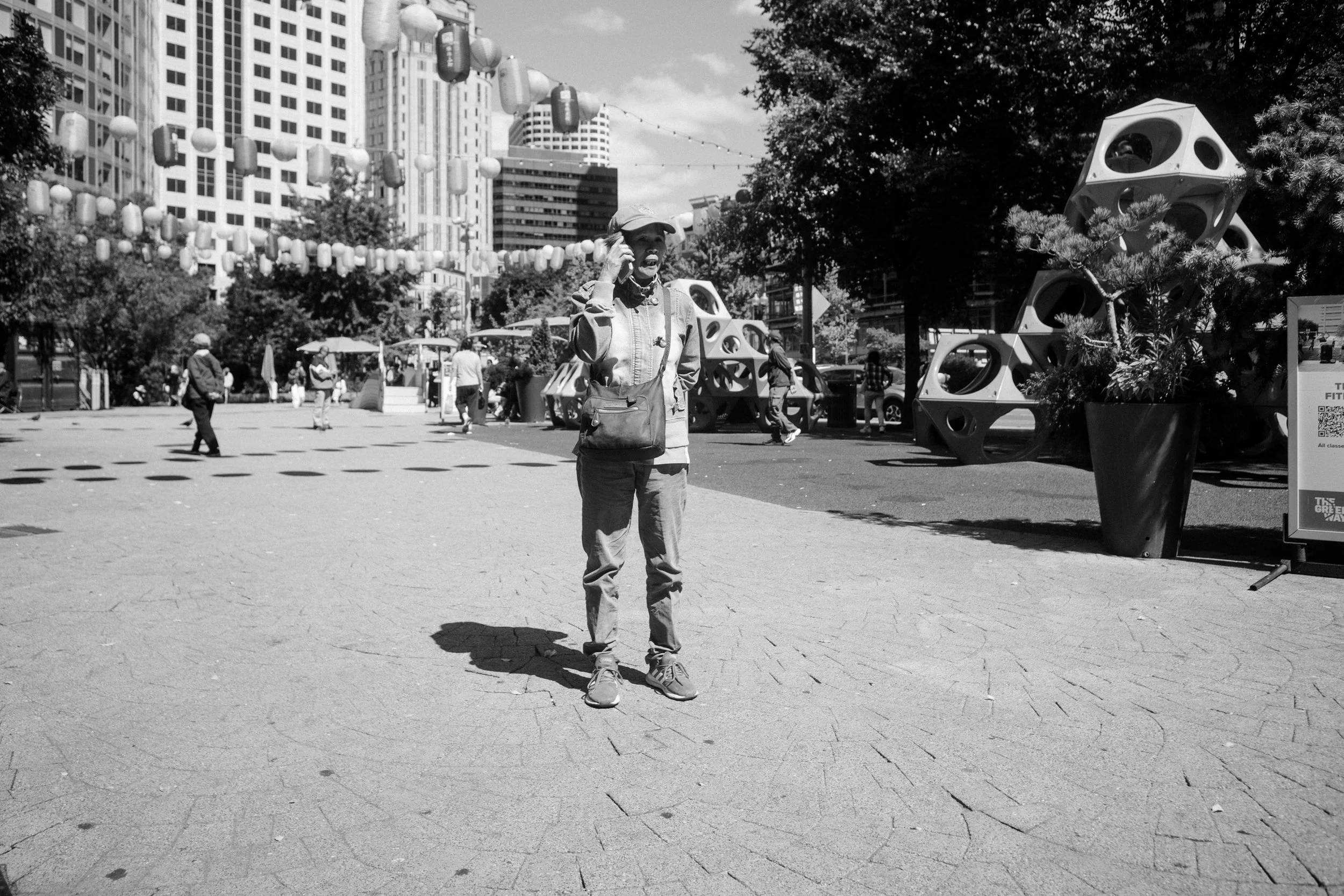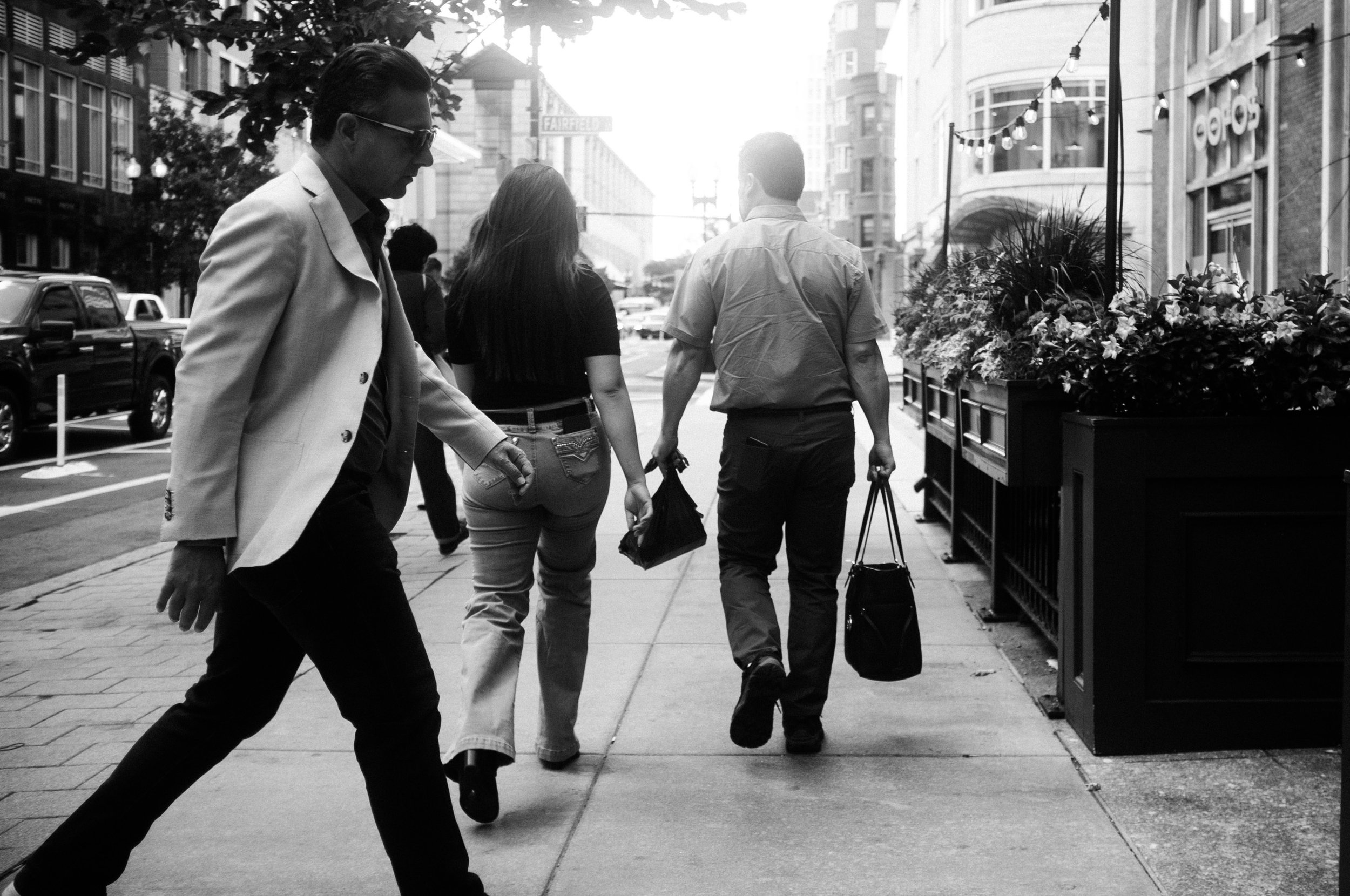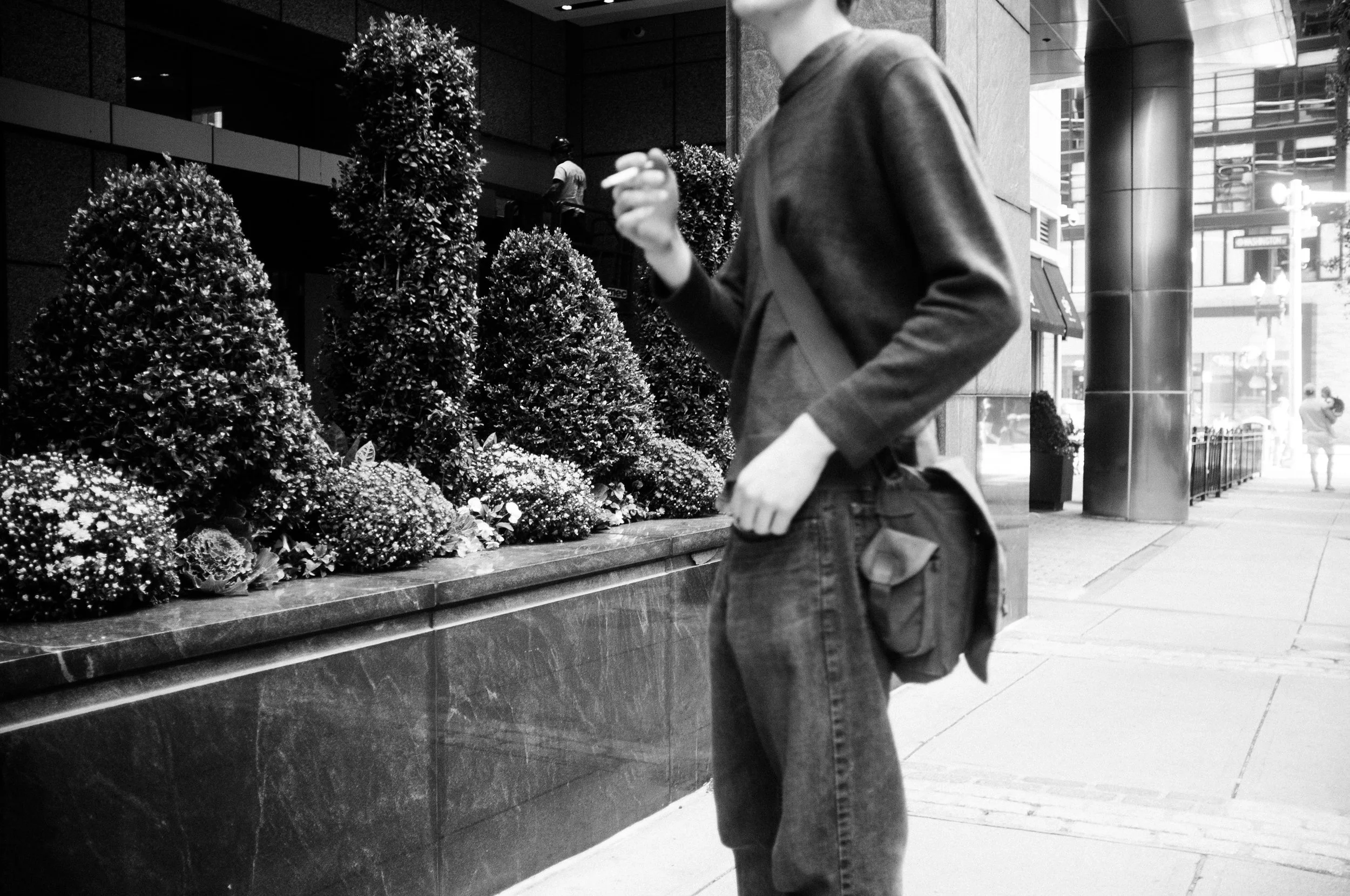Oh wow I fell off, unsurprisingly quickly as well. Here’s a very brief recap of mid October to late December;
I spent October and the first half of November primarily making street photography, becoming friends with local street shooters, reconnecting with old dawgs of Downtown Crossing, and making work I am very happy with. As daylight faded I spent less time downtown and more time in JP, returning to my roots and my routine of post sunset walks. December gets hectic for me at work, but I kept plugging away, I had some work in a group show at Panopticon (it’s up for just over another month, if you even care…), made a couple late season solargraphs thanks to the winter solstice, and now, as the year comes to an end, I’ve got a couple accelerated lumens in progress, feeling the pull of alternative process that had waned in the late days of summer. Here’s a couple shots from the last idk weeks.
Summer to winter solstice 2024
Long late afternoon walks across the city partially defined my November
Oh I got an infrared modified camera, expect a lot more of this come spring and the return of lush green (er, red) across the land.
Until next time
xoxo
john



